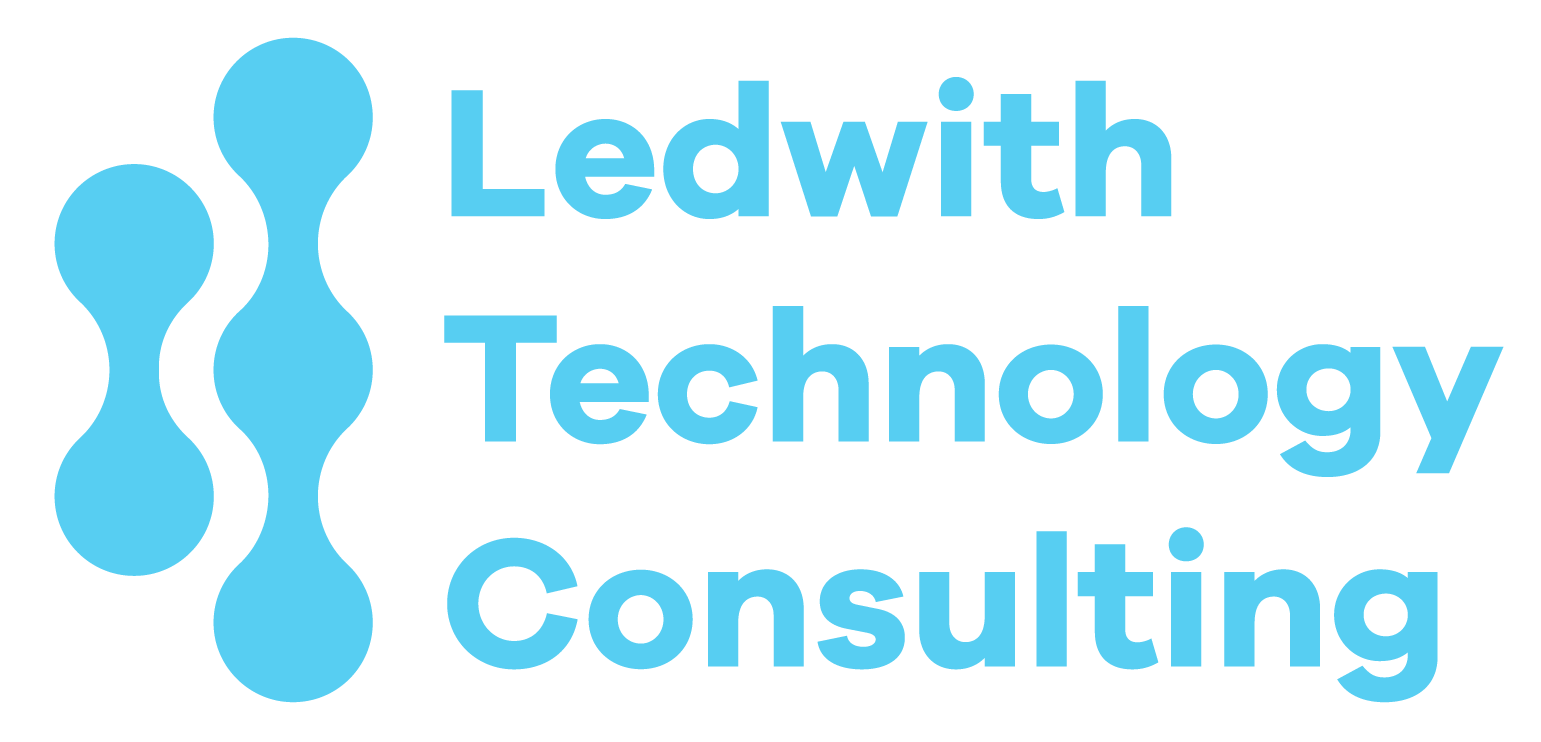By Stephen Ledwith February 5, 2025
The transition from developer to executive is one of the most challenging yet rewarding career shifts in technology. It’s not just about writing great code anymore—it’s about leading people, influencing business strategy, and aligning technology with company goals. Many developers aspire to leadership roles, but few understand what it truly takes to succeed at the executive level.
Having gone through this transformation myself, I’ve learned firsthand what it takes to make the leap. This article outlines the key skills, mindset shifts, and leadership principles needed to evolve from an engineer into a strategic technology leader.
1. Understanding the Shift: From Code to Culture
Most developers focus on solving technical problems. But as you move into leadership, your focus must shift from code to people, from execution to strategy, and from personal contributions to organizational success.
Key Mindset Shifts:
- From writing code to enabling teams: You’re no longer measured by how much code you write, but by how effectively your teams deliver results.
- From technical details to business impact: Your decisions should align with business objectives, revenue goals, and customer needs.
- From individual contributor to servant leader: Leadership is about empowering others, not just showcasing your own expertise.
Common Pitfalls When Making the Transition
- Micromanaging technical decisions instead of empowering teams.
- Focusing too much on technology without considering business strategy.
- Struggling to delegate because you believe you can do it faster yourself.
Successful leaders understand that their primary role is to set vision, build teams, and remove roadblocks—not to be the best coder in the room.
2. Developing Leadership Skills: Servant Leadership in Action
One of the most valuable leadership philosophies in technology is servant leadership. Unlike traditional top-down management, servant leaders focus on supporting and enabling their teams to succeed.
What is Servant Leadership?
Servant leadership is a leadership philosophy in which the goal of the leader is to serve. This is different from traditional leadership, where the leader’s focus is the organization’s success first. A servant leader prioritizes the growth, well-being, and development of their team, ensuring that people are empowered to do their best work.
“The servant-leader is servant first… It begins with the natural feeling that one wants to serve, to serve first. Then conscious choice brings one to aspire to lead.”
— Robert K. Greenleaf, The Servant as Leader (1970)Why It Matters:
- Creates a culture of trust and respect.
- Empowers individuals to take ownership of their work.
- Fosters collaboration and innovation in teams.
Servant leadership is not about control—it’s about creating an environment where people thrive.
What Servant Leadership Looks Like in Technology
- Removing obstacles that slow down engineers.
- Providing coaching and mentorship to help team members grow.
- Encouraging autonomy and trusting teams to own their work.
- Listening first and making informed decisions based on team input.
How to Transition from Developer to Servant Leader
- Shift from control to influence. Instead of dictating solutions, ask questions that guide the team to find their own.
- Empower decision-making. Create an environment where developers feel ownership over their work.
- Give credit, take responsibility. Praise the team’s success publicly and own mistakes as a leader.
- Invest in relationships. Your technical skills got you here, but your leadership skills will keep you here.
Being a servant leader doesn’t mean being passive. It means being actively engaged in supporting your team’s growth and success.
3. Strategic Thinking: Aligning Technology with Business Goals
A developer’s world is often confined to features, performance, and clean code. An executive’s world revolves around business growth, competitive positioning, and long-term strategy.
Developing Business Acumen
- Understand financial metrics. Learn how revenue, profit margins, and operational costs impact the business.
- Know your customers. What problems are they facing, and how does your technology solve them?
- Align technology with strategy. Ensure every project supports broader company goals.
Bridging the Gap Between Engineering and Business
- Communicate in business terms. Translate technical efforts into their impact on revenue, customer experience, and efficiency.
- Work closely with other executives. Build relationships with finance, marketing, and operations to understand cross-functional needs.
- Balance innovation with pragmatism. Not every cutting-edge technology aligns with business priorities.
Executives don’t just build technology—they use it to drive business outcomes.
4. Building and Scaling High-Performing Teams
At the executive level, your success depends on your team’s success. Your ability to hire, develop, and retain talent is one of your most critical responsibilities.
Key Responsibilities of a Technology Leader
- Recruit top talent. Build a strong hiring process that attracts engineers who align with your culture.
- Create career growth opportunities. Developers want to grow—provide pathways for advancement.
- Foster a culture of ownership. Teams perform best when they feel accountable for their work.
The Role of Mentorship
Mentorship isn’t just for junior engineers—it’s essential at all levels. Strong leaders:
- Mentor rising leaders to ensure the next generation of executives is prepared.
- Encourage cross-team collaboration to break down silos.
- Lead by example, demonstrating the values they want to see in their teams.
Hiring great people is just the beginning—retaining and growing them is what separates good leaders from great ones.
5. Managing Change and Innovation
Technology moves fast. As a leader, you must balance stability with innovation—knowing when to take risks and when to optimize existing solutions.
Leading Through Change
- Communicate the “why.” Teams are more receptive to change when they understand the purpose behind it.
- Adopt an experimentation mindset. Encourage calculated risks and learning from failure.
- Stay adaptable. What worked last year might not work today—great leaders evolve with their industries.
Balancing Technical Debt and Innovation
- Don’t over-architect. Simplicity often wins.
- Know when to refactor vs. rebuild. Invest in modernization strategically.
- Make technical decisions with business impact in mind. Not all performance improvements translate to customer value.
Balancing Technical Debt and Innovation
Technical debt is the cost of shortcuts taken in software development that lead to increased complexity and maintenance burden over time. While innovation drives progress, excessive technical debt can cripple scalability and performance.
“The real cost of technical debt isn’t just in the rework—it’s in the opportunity cost of what you can’t build because you’re too busy fixing the past.”
— Martin Fowler, Refactoring: Improving the Design of Existing CodeHow to Strike the Right Balance:
- Assess debt vs. business impact: Not all technical debt is bad—prioritize fixes that unblock growth.
- Build refactoring into the roadmap: Treat it as an ongoing process, not a one-time fix.
- Don’t chase innovation for its own sake: Every new tool or framework should solve a real problem.
Successful leaders know that managing technical debt is not about elimination—it’s about strategic control.
Executives don’t just chase trends—they make calculated decisions on what innovations drive long-term success.
Final Thoughts: Embracing the Journey from Developer to Executive
Moving from developer to executive is a transformation, not a promotion. It requires a fundamental shift in mindset—from solving technical problems to leading people, aligning technology with business goals, and fostering a culture of innovation.
If you’re a developer aspiring to leadership, start leading from where you are today:
✅ Mentor others.
✅ Think beyond code—consider the business impact.
✅ Learn how to communicate effectively with non-technical stakeholders.
Great technology leaders don’t just climb the ladder—they build the ladder for others.
Stephen Ledwith is a seasoned technology leader with over two decades of experience in technology management across diverse industries. He has a proven track record of driving innovation, optimizing processes, and exceeding business objectives.




